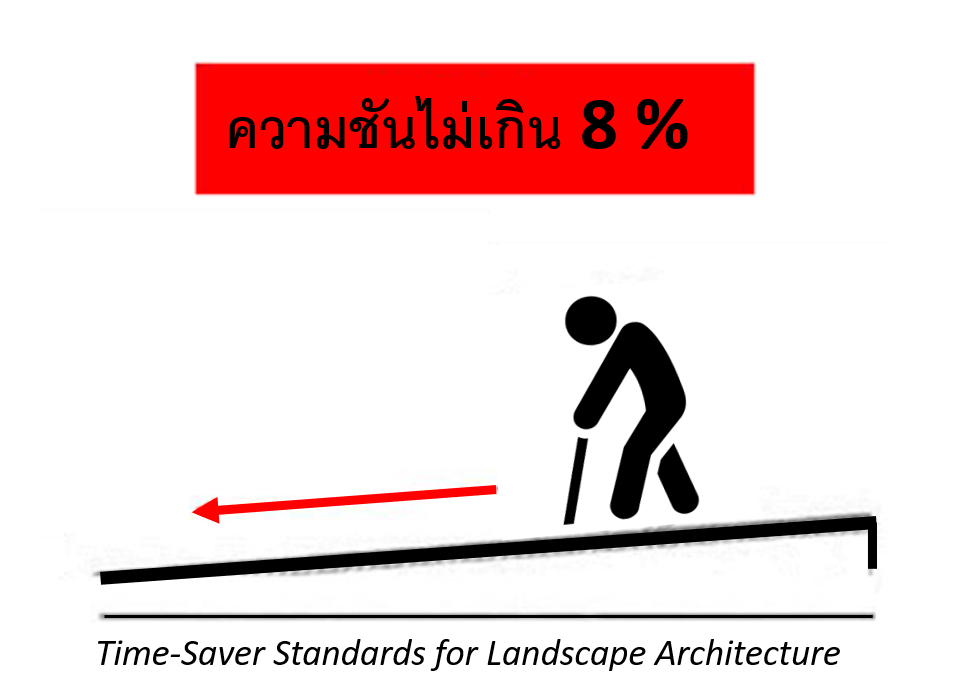Assessing the Appropriateness of and Development Guidelines for an Age-friendly Community in Physical Aspect: A Case Study of Rangsit Municipality
Main Article Content
Abstract
The global aging population has been constantly increasing. As such, the World Health Organization (WHO) has proposed the concept of age-friendly city. In Thailand, the planning to support age-friendly built environment has not yet been recognized as an important factor. Rangsit Municipality, Pathum Thani, where the elderly accounts for 14% of the population, is one of the pilot areas in addressing the elderly issue. The municipality has shown the potential to become a model for the development of an elderly-friendly community. The purpose of this research is to assess to what extent the public space in Rangsit Municipality is age-friendly, and to investigate the physical public spaces and the standard of physical elements supporting an age-friendly community in urban areas. The research uses survey and interview methods of 100 elderly people using the public space in urban areas in Rangsit Municipality, and observation method for the assessment of physical environment to the standard of urban elements supporting physical aspects of an age-friendly community. The study shows that the majority of elderly people are satisfied with their access to public space. However, some physical elements for an age - friendly community do not meet the standards. Physical improvements are needed for investigated urban spaces. This result will be beneficial to many urban planning agencies in an emerging elderly society. Moreover, this research is a pilot study to increase awareness of and lead to improvements in the physical standardization of urban elements that are friendly to the elderly.
Downloads
Article Details

This work is licensed under a Creative Commons Attribution-NonCommercial-NoDerivatives 4.0 International License.
All material is licensed under the terms of the Creative Commons Attribution 4.0 International (CC-BY-NC-ND 4.0) License, unless otherwise stated. As such, authors are free to share, copy, and redistribute the material in any medium or format. The authors must give appropriate credit, provide a link to the license, and indicate if changes were made. The authors may do so in any reasonable manner, but not in any way that suggests the licensor endorses you or your use. The authors may not use the material for commercial purposes. If the authors remix, transform, or build upon the material, they may not distribute the modified material, unless permission is obtained from JARS. Final, accepted versions of the paper may be posted on third party repositories, provided appropriate acknowledgement to the original source is clearly noted.
References
Channotai, D. (2015). Age-Friendly City Management in Thai Society. Retrieved July 28, 2018, from http://doi.nrct.go.th/ListDoi/Download/244342/feb792a4de215975c8ce3826f823dca2?Resolve_DOI=10.14457/RU.the.2014.1
Department of Health. (2014). Age-friendly City Concept and Process. Retrieved November 27, 2018, from http://hpc.go.th/director/data/reform/AgeFriendlyCity.pdf
Ministry of Labour. (2018). Law and Regulation. Retrieved November 28, 2018, from http://www.dop.go.th/th/laws/2
National Statistical Office. (2017). Statistic of Poppulation and Household – Number of age range Poppulation. Retrieved July 28, 2018, from http://stat.dopa.go.th/stat/statnew/upstat_age.php.
Niemrungreung, K. (2012). Let’s check our age. Retrieved July 28, 2018, from http://www.pt.mahidol.ac.th/knowledge/?p=288
Satham, P. (2010). Research Proposal test by Statistic. Retrieved July 28, 2018, from https://www.gotoknow.org/posts/399528
Srichuae, S (2016). Aging society in Bangkok and the factors affecting mobility of elderly in urban public spaces and transportation facilities. Asian Institute of Technology. IATSS Research, 40(1), 26-34
Suwanprasop, N, Tontisirin, N, (2018). Development Guidelines for an Age-friendly Community in Physical and Environment Aspects : A Case Study of Rangsit Municipality. Berac(9). 627-634


